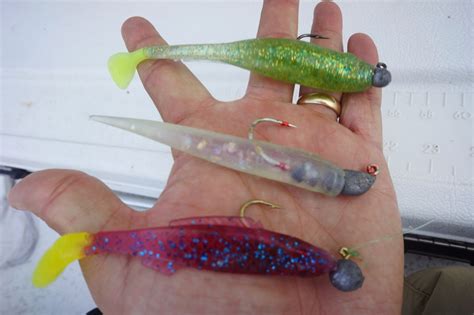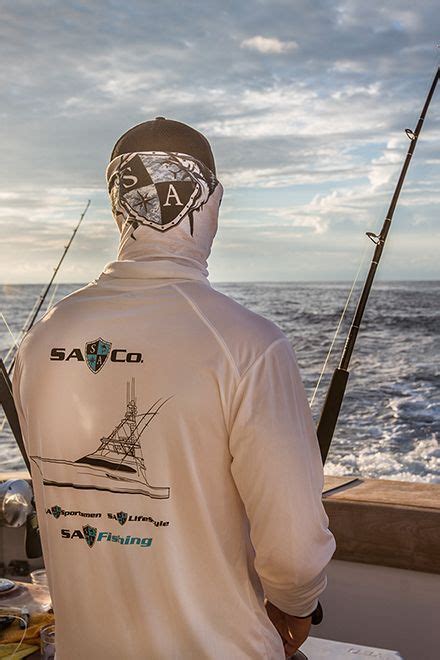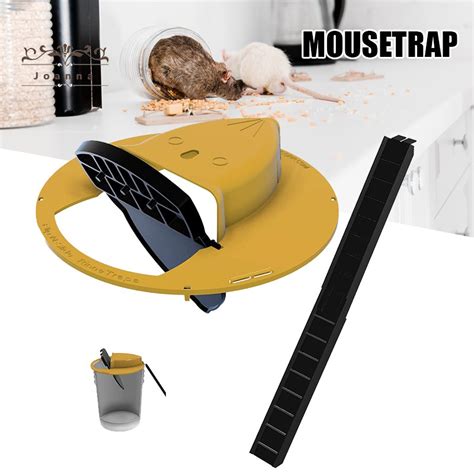Crab trapping is a popular activity among both recreational and professional fishers. However, it’s essential to understand the various regulations and requirements involved. For instance, obtaining a crab trap gear license is necessary for those new to the industry. In Louisiana, the legal definition of a crab trap includes those within areas designated by the Wildlife and Fisheries Commission, especially concerning the removal of derelict or abandoned traps. It’s important to note that peeler crab traps set by others should not be disturbed, as this can cause issues with professional bait collectors.
Regarding crab sizes, Pacific Coast crabs can weigh between 2-3 pounds, while those on the East Coast are typically up to 1 pound. For enthusiasts interested in crab snaring, creating a deep hole in the sand or mud is a key technique. When it comes to crab traps, regulations often stipulate that no more than two traps should be used or in possession by any person at any time. Moreover, leaving traps unchecked for over 36 hours can result in starved crabs or theft of the catch.
https://www.youtube.com/watch?v=RJV6LIPowpE
Recently, new rules in Florida have been implemented to protect diamondback terrapin turtles from drowning in recreational blue crab traps, with similar regulations being considered for the commercial fishery. In the UK, efforts are underway to control the highly invasive Chinese mitten crab, with the first ever trap for this species now installed. In Texas, a fishing license from the Texas Parks and Wildlife Department is required for crabbing. The Crab Pot, a specific type of trap, can be crafted after obtaining a Fishing Licence Level 3 from Fletch.
The best locations for crabbing in Norfolk, Virginia, include Bennetts Creek Park and Ocean View Community Park Fishing Piers. These locations often use box-style rigid steel frame/mesh traps. For those using traps, it’s crucial to check the size of the catch with a gauge, especially for lobsters, to ensure they are of legal size. Additionally, traps must include a degradable panel to allow crabs to escape if not emptied in a timely manner. Light traps are also used for monitoring crab and lobster recruitment.


